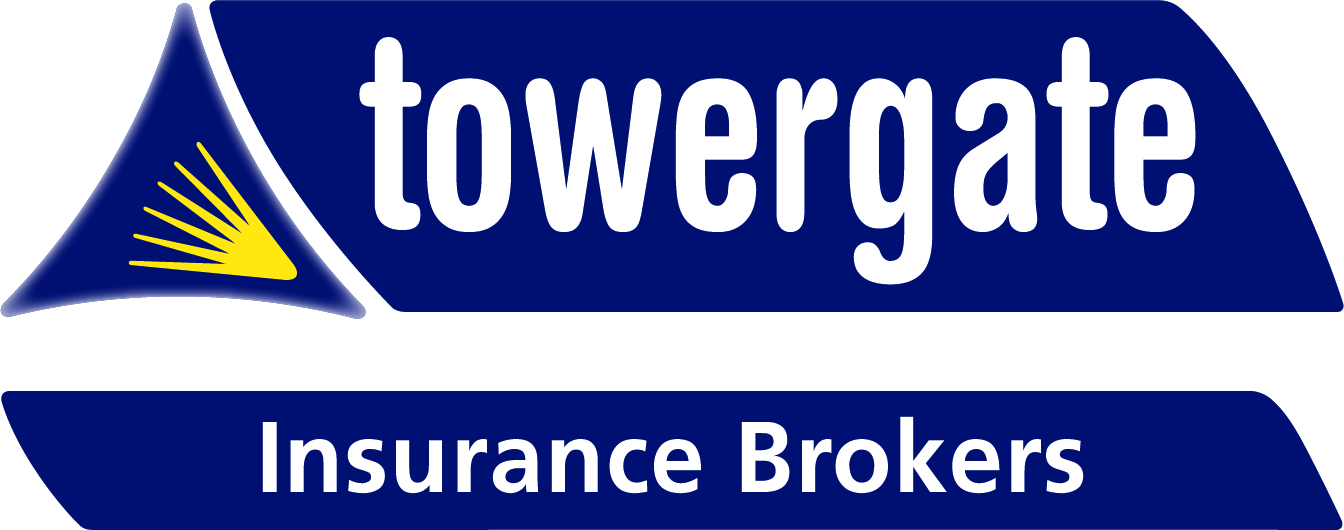

How to Manage Poor Performance at Work: A Practical Guide for Employers
Dealing with employee underperformance can be one of the most difficult responsibilities for any business owner or manager. However, managing poor performance effectively is essential to keeping your business productive, your team motivated and your workplace running smoothly.
In this guide, we’ll walk you through the steps to handle poor performance at work in a fair, structured and legally compliant way.
What is poor performance?
Poor performance, also known as underperformance, occurs when an employee fails to meet the required standards of their role. This could include:
-
Missed targets or deadlines
-
Low-quality or error-prone work
-
Lack of engagement or initiative
-
Inability to work well with others or take direction
Unlike misconduct, which is usually linked to inappropriate behaviour or breaches of company policy, poor performance relates to an employee’s capability to do their job effectively.
Why managing underperformance matters
Ignoring poor performance doesn’t make it go away – it often leads to bigger issues. It can:
-
Demoralise other team members
-
Impact productivity and customer service
-
Lead to resentment or conflict
-
Affect your reputation as an employer
Acting early and fairly helps you resolve issues, support the employee to improve and protect your business if the situation doesn’t change.
Step-by-step: How to deal with poor performance
1. Identify the issue clearly
Before you raise concerns, make sure the problem is clearly defined. What exactly isn’t working? Is the employee aware of expectations? Are there external factors, such as unclear training or unrealistic targets?
Gather evidence such as KPIs, performance reviews, client feedback or missed deadlines.
2. Have an informal conversation
Start with an informal meeting. Approach the conversation with empathy and clarity. Avoid blame and instead focus on understanding the reasons behind the underperformance.
Use this opportunity to:
-
Share specific examples
-
Ask if anything is affecting their ability to perform
-
Offer support or training
-
Set clear expectations moving forward
Agree on a short review period – typically 4 to 6 weeks – to monitor progress.
3. Create a Performance Improvement Plan (PIP)
If there’s no improvement after the initial discussion, it’s time to implement a formal Performance Improvement Plan (PIP). A good PIP should include:
-
A summary of the issues
-
Specific goals or outcomes expected
-
A timeline with review dates
-
Details of support and resources available
-
Consequences if there’s no improvement
A PIP should be collaborative and supportive – it’s a tool to help the employee succeed.
4. Follow a fair disciplinary process
If the PIP doesn’t result in sufficient improvement, you may need to move into a formal disciplinary process. This should be done in line with your company’s performance management policy and employment law obligations.
Key considerations include:
-
Issuing formal written warnings if appropriate
-
Giving the employee opportunities to respond and improve
-
Ensuring all steps are well documented
-
Considering any reasonable adjustments (e.g., for health or disability)
Dismissing someone for poor performance should always be a last resort and only after a fair process has been followed.
Best practices to prevent poor performance
Prevention is always better than cure. Here’s how to reduce the risk of underperformance in your team:
-
Provide clear job descriptions and expectations
-
Give regular feedback – not just during appraisals
-
Offer training and development opportunities
-
Foster open communication and psychological safety
-
Ensure managers are confident having performance conversations
Need expert HR support?
Managing poor performance in the workplace is challenging, but you don’t have to do it alone. Our expert HR consultants can guide you through every step, from informal chats to formal procedures, ensuring you stay compliant and compassionate.
Contact us today for practical, tailored HR support for your business.









